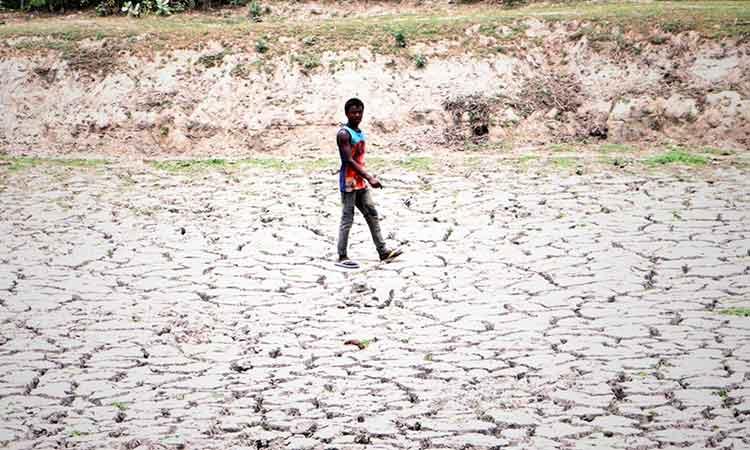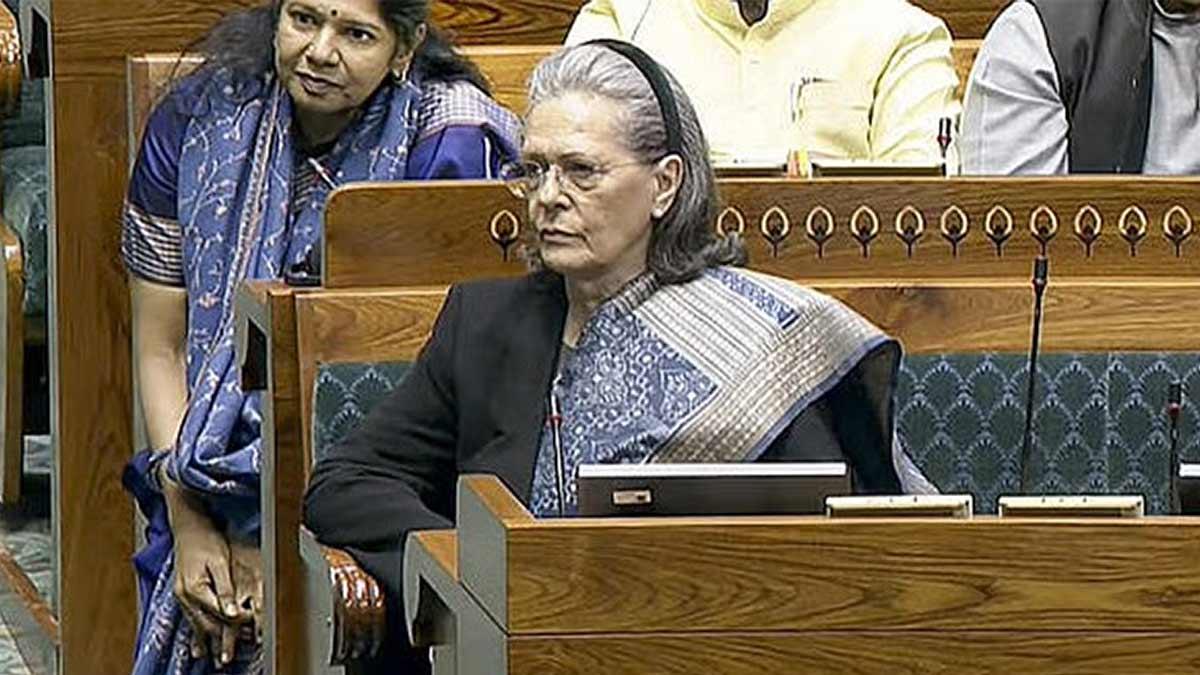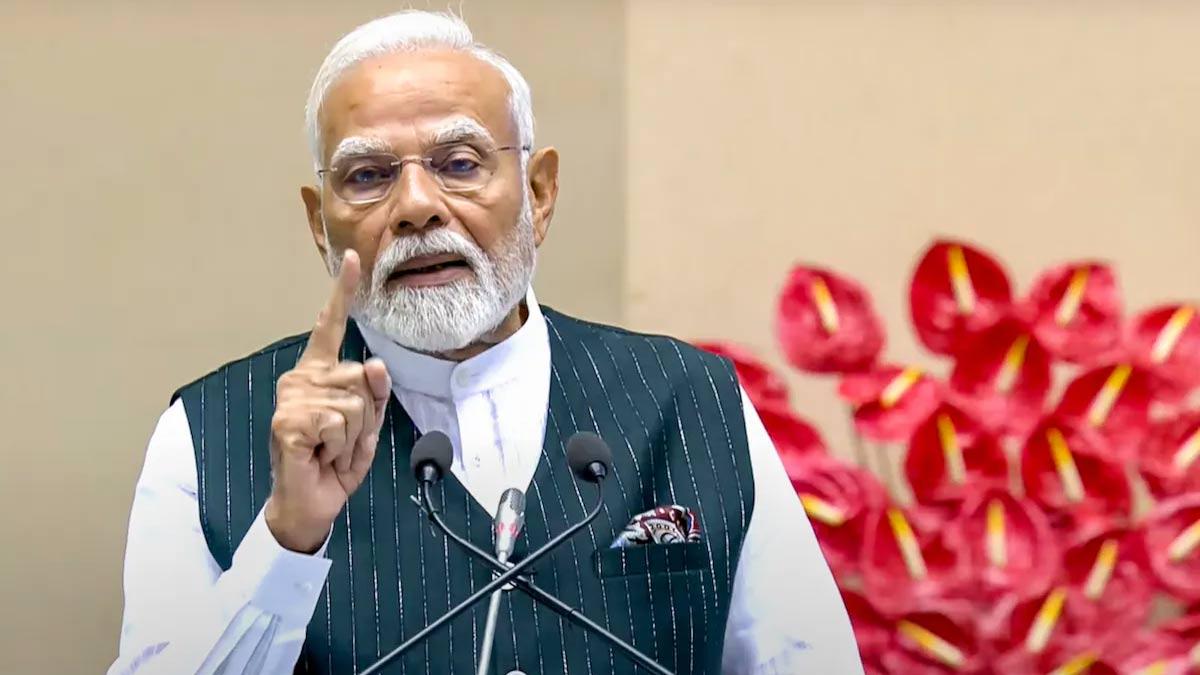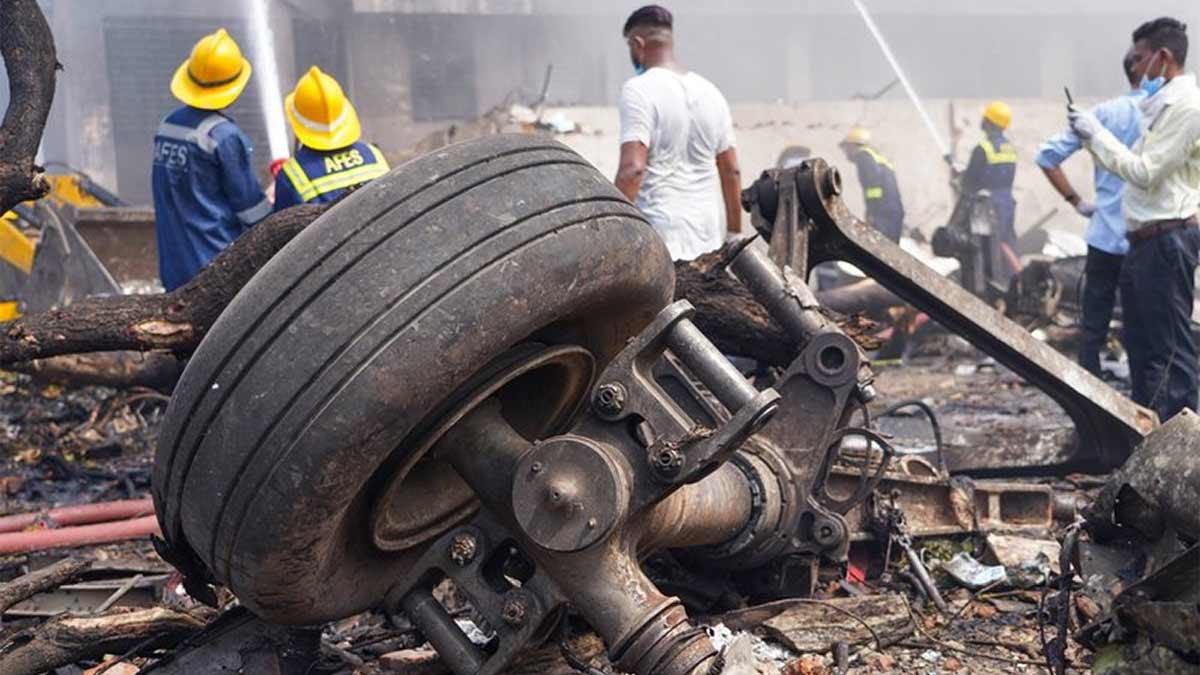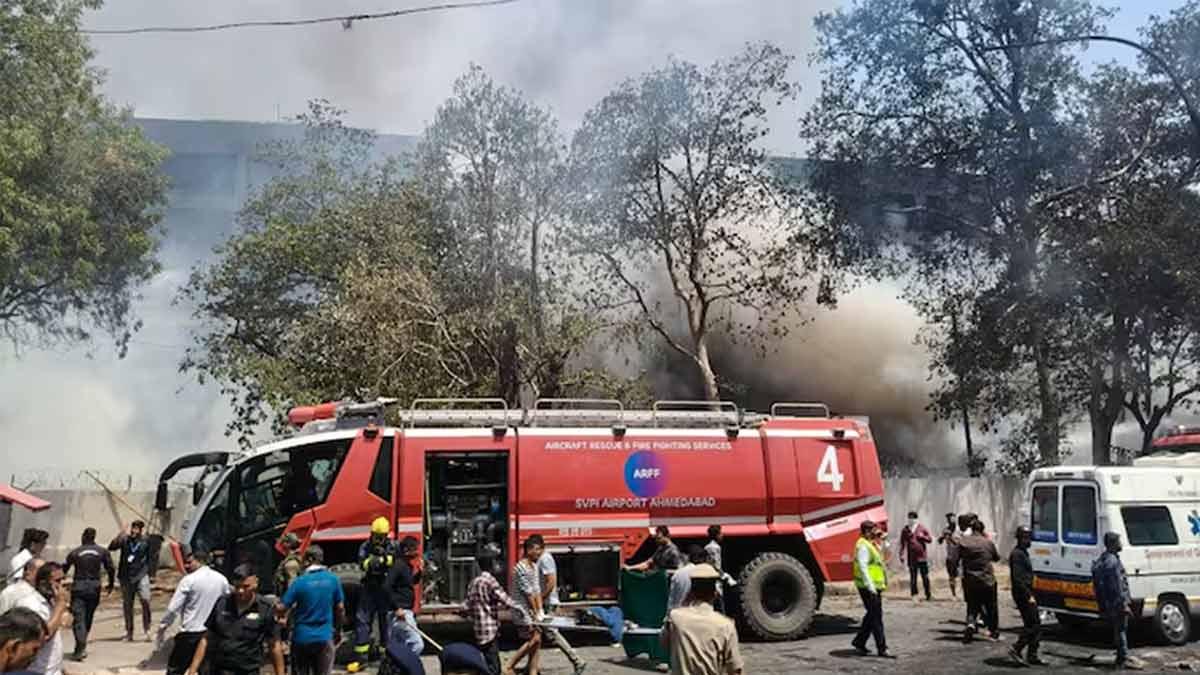August ended with an overall rainfall deficit of 36 per cent, the worst in 122 years, according to a report by Motilal Oswal Financial Services.
According to the India Meteorological Department (IMD), monsoon rainfall during 2023 is expected to be “below normal” or on the lower side of “normal”. This has raised concerns about the yield of kharif crops and sowing in the subsequent rabi season, the report said.
However, IMD said that it would not change its earlier forecast of a “normal” monsoon at 96 per cent (with an error margin of +/-4 per cent) of the long-period average (LPA). The overall rainfall deficit until September 3 stood at 11 per cent below normal, with all the regions receiving below-normal rainfall, barring northwestern India (normal).
Central India (12 per cent below normal), South Peninsula (14 per cent below normal) and the eastern and northeastern regions (18 per cent below normal) have witnessed deficient rainfall, the report said.
Kharif sowing as of September 1 stood at 0.4 per cent higher than last year. The area under paddy cultivation is now 3.7 per cent higher than last year.
However, the area under pulses is still 8.5 per cent lower than last year. Production of jute, cotton and oilseed is also lower. Coarse cereals (1.1 per cent YoY) and sugarcane (7.7 per cent YoY) continue to do well.
Above-normal rainfall in Telangana and Tamil Nadu has led to an improvement in rice sowing. However, deficient rainfall in major rice-producing states (with 66 per cent share in overall rice production) such as West Bengal (15 per cent below normal), Uttar Pradesh (19 per cent below normal), Andhra Pradesh (10 per cent below normal), Chhattisgarh (22 per cent below normal), Bihar (27 per cent below normal), Odisha (15 per cent below normal) and Assam (16 per cent below normal) is a cause for concern.
States with higher irrigation cover, such as Uttar Pradesh, Andhra Pradesh and Telangana, will be less impacted.
The deficient monsoon in states (with 64 per cent share), such as Madhya Pradesh (18 per cent below normal), Maharashtra (13 per cent below normal), Uttar Pradesh (19 per cent below normal), Karnataka (20 per cent below normal), Andhra Pradesh (10 per cent below normal) and Jharkhand (38 per cent below normal) is affecting sowing of pulses, the report said.
Lower irrigation cover in major states would affect pulse production more. Inflation in pulses has nearly doubled in the past five months. Deficient rainfall, and consequently lower rice and pulses sowing, have pushed prices higher. Rice constitutes around 4.4 per cent and pulses have a weight of 6 per cent in the overall CPI basket.
As of August 31, water reservoir levels stood at 63 per cent of the live storage capacity. Even though the reservoir levels are lower than last year, they are on par with the previous seven years’ levels. Deficient rainfall would have an impact on groundwater and reservoir levels, which would adversely impact rabi sowing, the report said.
Also read | G20 Summit: Delhi Police withdraws letter to DMRC for closure of metro gates
Also read | Hurricane Hilary may dump year's worth of rain on US Southwest

